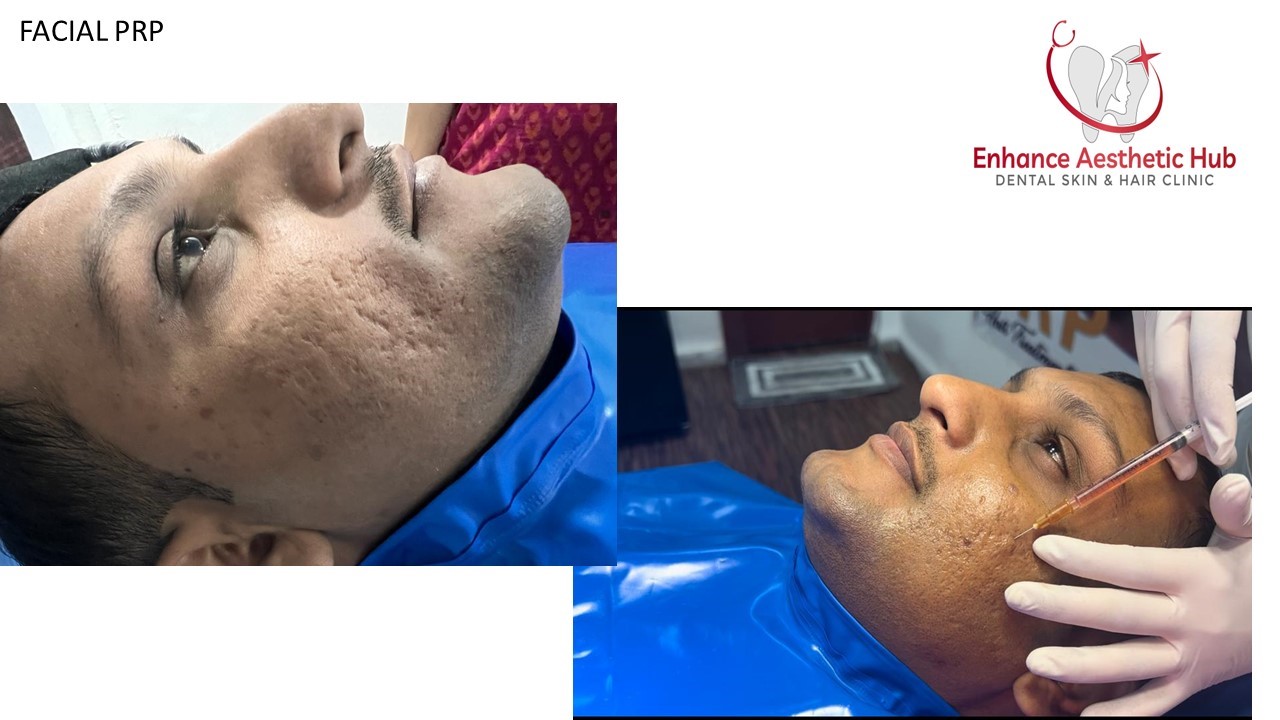
WHAT is PRP?
PRP stands for platelet-rich plasma, a therapy that uses a concentrated solution of the patient's own blood platelets to promote healing and tissue regeneration. PRP is obtained by drawing a small sample of the patient's blood, which is then processed to separate the plasma and platelets from the red and white blood cells. The resulting platelet-rich plasma is then injected into the affected area, where it can promote healing and tissue repair.
HOW does it work?
PRP therapy is used for a variety of conditions, including sports injuries, osteoarthritis, tendonitis, and hair loss. The idea behind PRP is that the concentrated platelets and growth factors can stimulate the body's natural healing processes, reduce inflammation, and promote tissue regeneration. Because the patient's own blood is used, there is typically no risk of rejection or allergic reaction.
While PRP therapy has shown promising results in many studies, it is still considered an experimental treatment in many cases. More research is needed to fully understand its effectiveness and safety for different conditions. Patients considering PRP therapy should speak with their doctor to determine if it is a suitable treatment option for their specific condition.
PROCESS at Enhance Aesthetic Hub
Here are the general steps involved in the PRP process:
- Consultation: The first step in the PRP process is to consult with our healthcare professional to determine if the treatment is appropriate for the patient's condition. The expert at Enhance Aesthetic hub will review the patient's medical history, perform a physical examination, and may order diagnostic tests to evaluate the patient's condition.
- Blood Collection: Once the patient has been cleared for PRP therapy, a small amount of blood is collected from the patient's arm. The blood is drawn using a sterile needle and placed into a specialized centrifuge machine.
- Centrifugation: The centrifuge machine spins the blood at a high speed, separating it into different components. The platelets, which are responsible for blood clotting and wound healing, are concentrated in a layer at the top of the tube.
- Plasma Separation: Once the platelets are concentrated, the plasma is separated from the red blood cells and white blood cells, leaving behind a platelet-rich plasma.
- Injection: The platelet-rich plasma is then injected directly into the injured or damaged area of the body, such as a joint, tendon, or muscle. The injection is usually performed under ultrasound guidance to ensure accurate placement of the plasma.
- Follow-up: After the injection, the patient may experience some pain and swelling. The healthcare professional will provide instructions for aftercare, which may include rest, ice, and physical therapy. The patient will also be scheduled for follow-up appointments to monitor their progress and determine if additional treatments are necessary.
Overall, the PRP process involves collecting a patient's blood, separating the platelets and plasma, and injecting the platelet-rich plasma into the injured area to promote healing. It is important to note that PRP therapy is still considered an experimental treatment in some cases and may not be covered by insurance.
BENEFITS
PRP, or Platelet-Rich Plasma, is a medical treatment that involves injecting a patient's own blood plasma, which is rich in platelets and growth factors, into an injured or damaged area of the body. The benefits of PRP include:
- Reduced Pain: PRP injections can reduce pain by reducing inflammation and promoting the healing of damaged tissues.
- Improved Healing: PRP injections can stimulate the healing process by promoting the growth of new cells and tissues.
- Non-Surgical: PRP injections are a non-surgical treatment option that can be used to treat a variety of injuries and conditions, including osteoarthritis, tendonitis, and ligament injuries.
- Low Risk of Side Effects: PRP injections are a safe and effective treatment option with a low risk of side effects since the patient's own blood is used.
- Quick Recovery: PRP injections are a minimally invasive treatment option that allows patients to return to their normal activities quickly.
- Versatility: PRP injections can be used to treat a wide range of injuries and conditions, including musculoskeletal injuries, hair loss, and skin rejuvenation.
- Long-Lasting Results: PRP injections can provide long-lasting relief and improvement, with some patients experiencing benefits for up to several years.
It is important to note that the benefits of PRP may vary depending on the patient's specific condition and individual response to the treatment. It is always recommended to consult with a healthcare professional to determine if PRP is an appropriate treatment option.